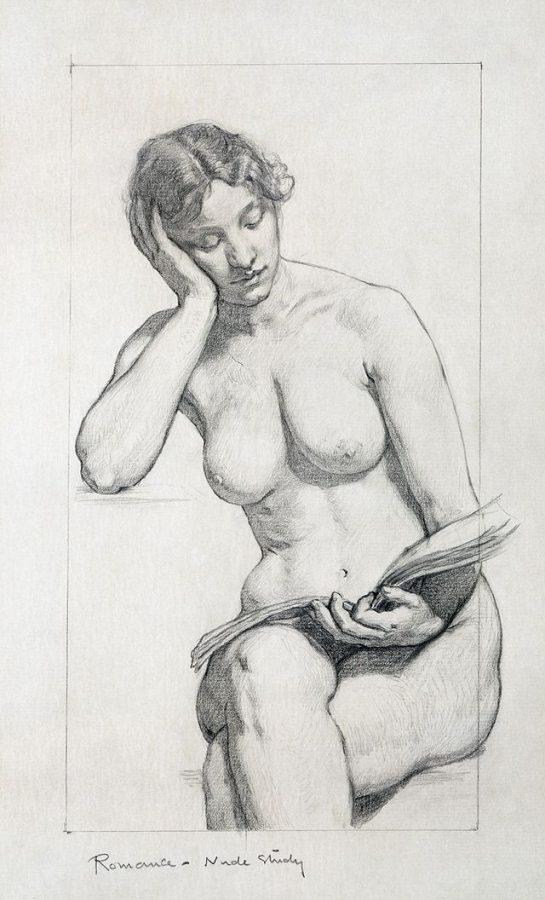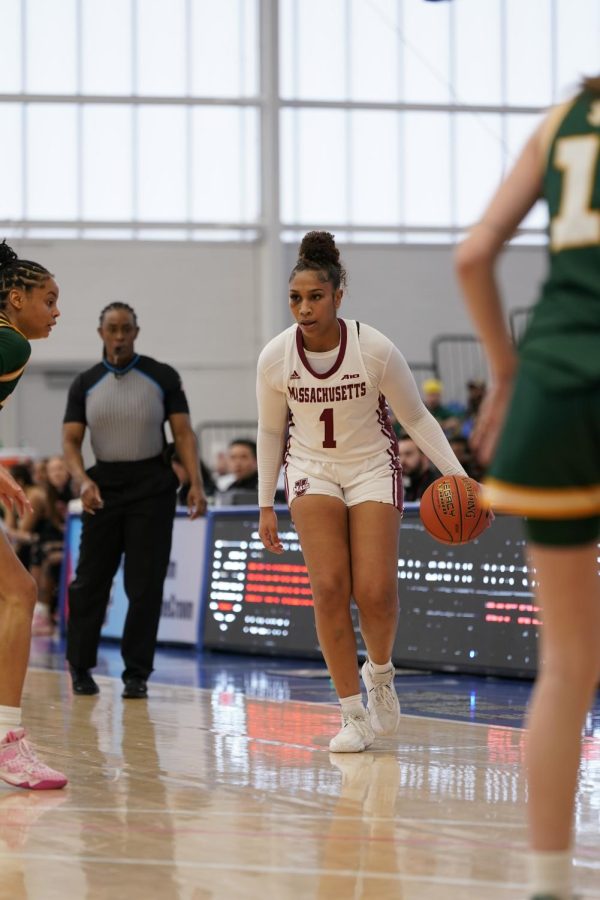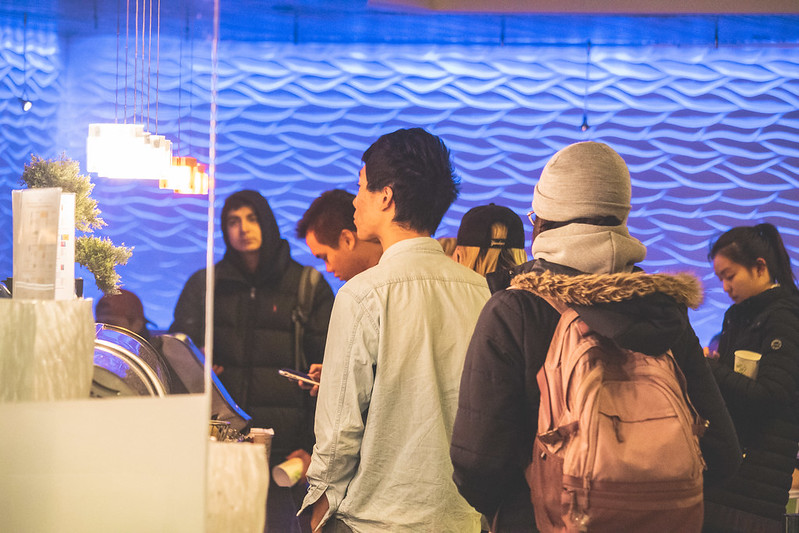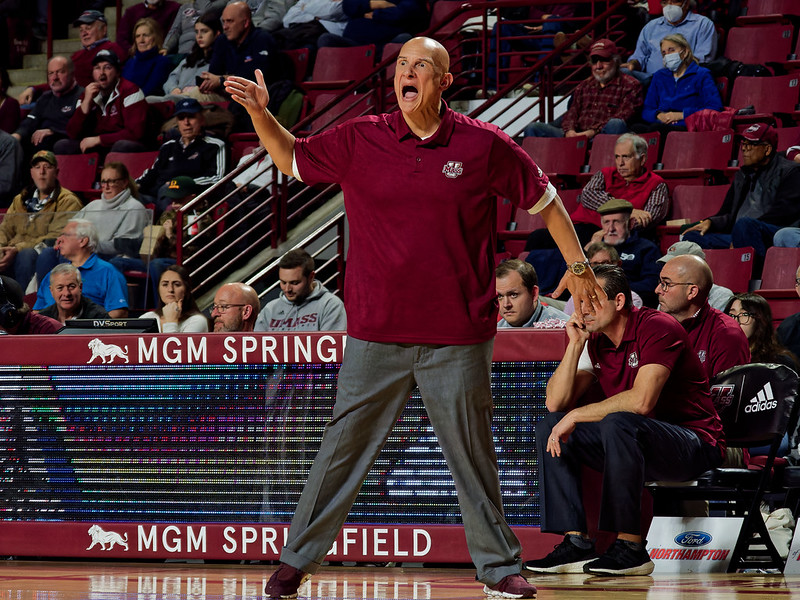On Nov. 11, The UMass Department of Theater opened the curtains on “Orlando,” a play that chronicles a person trying to discover themselves within the ever-changing world around them.
While some might go and see the show and the giant tree, 1700’s costumes, and the vibrant lights, audiences will also hear glass shattering, a horrendous thunderstorm, and 1920’s music.
Those sounds come from Darrow Sherman, a junior theater major and the show’s Sound Designer. Sherman finds or creates sounds and puts them in the show to help immerse the audience even more.
“I composed some of it, I researched and found songs or tunes from a certain time period that would fit with the show and then played those and recorded them in logic,” Sherman said.
Logic is a recording software that records audio and can fine tune audio levels.
Sherman had to focus on Turkish music for a part of the story where they go to Constantinople. To properly set the scene, Sherman listened to old 17th century Turkish music very frequently, then tried to find the easiest way to recreate those sounds with the instruments they had.
“I have a gourd banjo that I played with a pic instead of a nail, which is the traditional way to play banjo,” Sherman said. “I played it with a pic and it sounded more like a picked oud [a string instrument which shares similarities to the lute.]”
After sound designing other shows in the past, Sherman was looking for a new one to do this year, and “Orlando” was the one that appealed most to them because it could challenge them to work on things they have never done before.
“Very wide variety in the styles and eras of music that I could have an excuse to play for the show and an excuse to delve into and learn about,” Sherman said.
When the process of making the music and the sounds of the show finishes, Sherman puts them into the show. This can be tough because theater is live, and having the sounds come out at the right time while the actors are acting, can be tricky to cue together.
Sounds need to come out at the exact time when an actor says a line. Or the sounds might have to fade out when another actor has to start talking. There are even times when sound cues need to happen with lights flashing and making an on stage tree spin. Many components of the show come from many people.
Anika Nayak, a junior theater major and the stage manager for the show, calls out when cues need to happen and when things need to get done, before, during and after the show.
“If you don’t have anybody who’s there to communicate with all of those departments … it doesn’t quite fit together, it doesn’t quite click, just because you have so many people with so many ideas in the room,” Nayak said. “So that’s what my job is, is I take all of those pieces and I figure out how those pieces fit into each other so that they all, to the audience, show the same story”.
Nayak needs to follow along during a show to be able to call the sound cues that Sherman works on. Together, they work on creating the best possible timing of sound cues and how to best implement them into the show.
When the cue process finishes, the rest falls on Xavier Gonsalves, a junior journalism major and the sound board operator.
Gonsalves sits in a small and dark booth way above the stage and is the one who actually plays the sound on the speakers for the audience to hear.
“My job here is just to listen and press all the right buttons,” said Gonsalves.
Nayak will talk to Gonsalves through a headset and tell him that a certain cue needs to go. Gonsalves will press the go button then the sound plays throughout the house.
Everyone is proud of the work that they have done for this show. For Sherman, they are so excited about it that it might’ve inspired them for a future career.
“Yeah, the collaboration and the community of people working toward a shared artistic end is like, it’s a really beautiful thing,” Sherman said. “If that continues to be my experience in sound design, I would love to do this [professionally.]”
Ethan Brayall-Brown can be reached at [email protected] and followed on Twitter @ebrayall99.


















